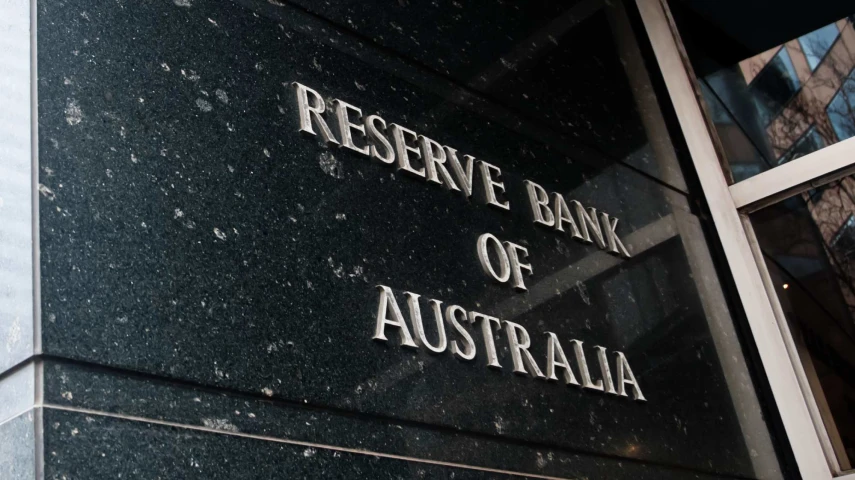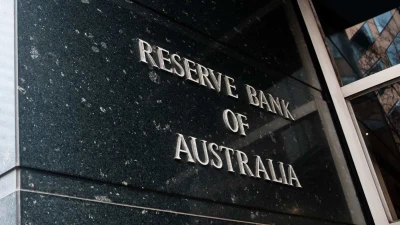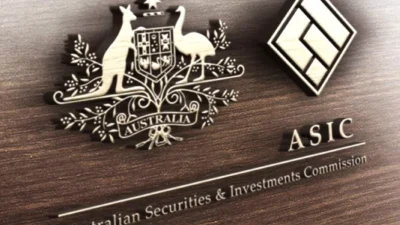RBA takes measured step amid uncertainty



The Reserve Bank of Australia (RBA) has lowered rates to a level not seen since mid-2023.
After delivering its first rate cut in over four years in February, the new-look RBA announced a second cut on 20 May, bringing rates down to 3.85 per cent in what was a widely predicted move.
In its statement on 20 May, the RBA said: “Inflation has fallen substantially since the peak in 2022, as higher interest rates have been working to bring aggregate demand and supply closer towards balance. Data on inflation for the March quarter provided further evidence that inflation continues to ease.
“At 2.9 per cent, annual trimmed mean inflation was below 3 per cent for the first time since 2021 and headline inflation, at 2.4 per cent, remained within the target band of 2–3 per cent. Staff forecasts released today project that while headline inflation is likely to rise over the coming year to around the top of the band as temporary factors unwind, underlying inflation is now expected to be around the midpoint of the 2–3 per cent range throughout much of the forecast period.”
Ahead of 20 May, economists widely expected the RBA to cut rates, with market pricing via the ASX RBA Rate Tracker suggesting a 96 per cent chance of a cut, with just 4 per cent anticipating a hold.
HSBC chief economist, Paul Bloxham, said a cut would be a timely response to signs of slowing domestic growth – particularly in consumer spending – and rising global uncertainty stemming from a major trade policy shock likely to weigh on international economic momentum.
“We expect the RBA to cut its cash rate by 25 bp this week, the second cut in this easing phase. The RBA’s patient approach to dealing with the post-pandemic inflation surge has paid off,” Bloxham said.
He, however, cautioned that while cutting the cash rate “a bit further” should help to underpin the growth upswing, “lowering interest rates will not fix the deeper economic issues Australia’s economy faces”.
“A structural reform agenda is needed, aimed at making it easier to do business, slowing growth in the cost base and encouraging business investment,” Bloxham said.
“For the RBA, we expect this weak productivity problem to be a key factor that keeps them cautious about the pace of rate cuts.”
In line with the consensus view, Bob Cunneen, senior economist at MLC Asset Management, highlighted many reasons why the RBA should cut interest rates ahead of Tuesday, including subdued economic activity and falling inflation.
“The only other valid justification for the RBA keeping interest rates on hold is the view that Australia’s inflation risks are still problematic. Again, there is some evidence to support this assessment,” Cunneen said.
Similarly, GSFM investment specialist, Stephen Miller, said with inflation within the target 2–3 per cent band, and with policy still in “restrictive” territory, “the most judicious course would seem a further 25 bp decline in the policy rate to 3.85 per cent”.
Looking further ahead, he added that while more cuts could bring rates near 2 per cent by year-end, this would signal mounting economic challenges rather than a positive outlook.
Recommended for you
Financial Services Minister Stephen Jones has shared further details on the second tranche of the Delivering Better Financial Outcomes reforms including modernising best interests duty and reforming Statements of Advice.
The Federal Court has found a company director guilty of operating unregistered managed investment schemes and carrying on a financial services business without holding an AFSL.
The Governance Institute has said ASIC’s governance arrangements are no longer “fit for purpose” in a time when financial markets are quickly innovating and cyber crime becomes a threat.
Compliance professionals working in financial services are facing burnout risk as higher workloads, coupled with the ever-changing regulation, place notable strain on staff.











